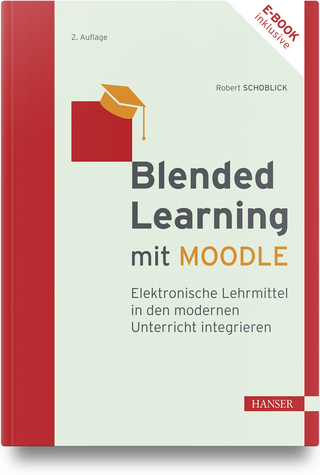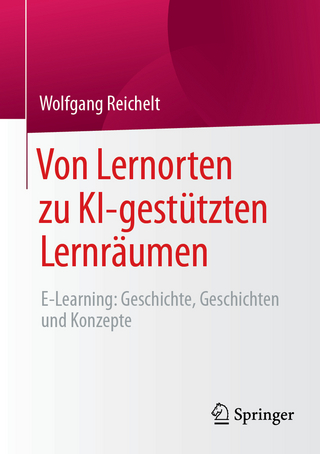
Activity Anorexia
Psychology Press Ltd (Verlag)
978-1-138-96587-4 (ISBN)
Increasingly, however, the impact of physical activity on human anorexia is being directly investigated--eight out of fourteen research chapters in this volume are based on human research. Some researchers are interested in the impact of hyperactivity and caloric restriction on human reproductive function. Other authors are investigating physically active subgroups of people considered to be at risk for anorexia. Finally, several clinician/researchers suggest how physical activity and extreme dieting interact for anorexia nervosa patients.
Chapter authors were asked to present their views independent of the editors' argument that, when it is present, physical activity is central to anorexia. Many of the contributors disagree with the editors about the details of activity anorexia. A few suggest that excessive physical activity is either incidental to, or an epiphenomenon of, anorexia. Most authors are, however, in accord with the view that physical activity reduces food consumption which further drives up activity that results in even less caloric intake. No matter what their perspective, all contributors agree that hyperactivity frequently accompanies self-starvation in humans and other animals. The end result is a lively book that provides a source of ideas for both researchers and practitioners.
Epling, W. Frank; Pierce, W. David
Contents: Contributors. Preface. Part I: Principles and Processes of Activity Anorexia.W.F. Epling, W.D. Pierce, An Overview of Activity Anorexia. T.S. Rieg, Validity Criteria for Animal Models of Anorexia Nervosa Involving Activity. W.D. Pierce, W.F. Epling, Theoretical Developments in Activity Anorexia. Part II: Behavioral Foundations of Activity Anorexia.T.W. Belke, Investigating the Reinforcing Properties of Running: Or, Running is Its Own Reward. W.M. Beneke, J.G. Vander Tuig, Effects of Dietary Protein and Food Restriction on Voluntary Running of Rats Living in Activity Wheels. L.E. Doerries, Gender Differences in Activity-Based Anorexia: Predictable, Paradoxical, or Enigmatic? Part III: Physiological Foundations of Activity Anorexia.P.F. Aravich, Adverse Effects of Exercise Stress and Restricted Feeding in the Rat: Theoretical and Neurobiological Considerations. K.M. Pirke, The Role of Neurotransmitters in Activity Anorexia in the Rat. J.C. Russel, The Induction and Maintenance of Hyperactivity During Food Restriction in Rats. Part IV: Extending Activity Anorexia to Humans.E.B. Geer, M.P. Warren, Nutrition, Physical Activity, Menstrual Cycle, and Anorexia. D.C. Cumming, The Female Athlete Triad and the Critical Body Fat Hypothesis. D.G. Symbaluk, The Effects of Food Restriction and Training on Male Athletes. G. Wheeler, Exercise, Sports and Anorexia. Part V: Clinical Observations and Implications of Activity Anorexia.A. Yates, Athletes, Eating Disorders, and the Overtraining Syndrome. C.C. Beumont, P.J.V. Beumont, S.W. Touyz, The Problem of Excessive Physical Activity in Patients with Anorexia Nervosa. J.L. Katz, Clinical Observations on the Physical Activity of Anorexia Nervosa. C. Davis, The Interdependence of Obsessive-Compulsiveness, Physical Activity, and Starvation: A Model for Anorexia Nervosa.
| Erscheinungsdatum | 10.11.2016 |
|---|---|
| Verlagsort | Hove |
| Sprache | englisch |
| Maße | 152 x 229 mm |
| Gewicht | 453 g |
| Themenwelt | Schulbuch / Wörterbuch ► Unterrichtsvorbereitung ► Unterrichts-Handreichungen |
| Geisteswissenschaften ► Psychologie ► Allgemeine Psychologie | |
| Geisteswissenschaften ► Psychologie ► Biopsychologie / Neurowissenschaften | |
| Geisteswissenschaften ► Psychologie ► Sozialpsychologie | |
| Medizin / Pharmazie | |
| Sozialwissenschaften ► Pädagogik | |
| ISBN-10 | 1-138-96587-1 / 1138965871 |
| ISBN-13 | 978-1-138-96587-4 / 9781138965874 |
| Zustand | Neuware |
| Haben Sie eine Frage zum Produkt? |
aus dem Bereich


